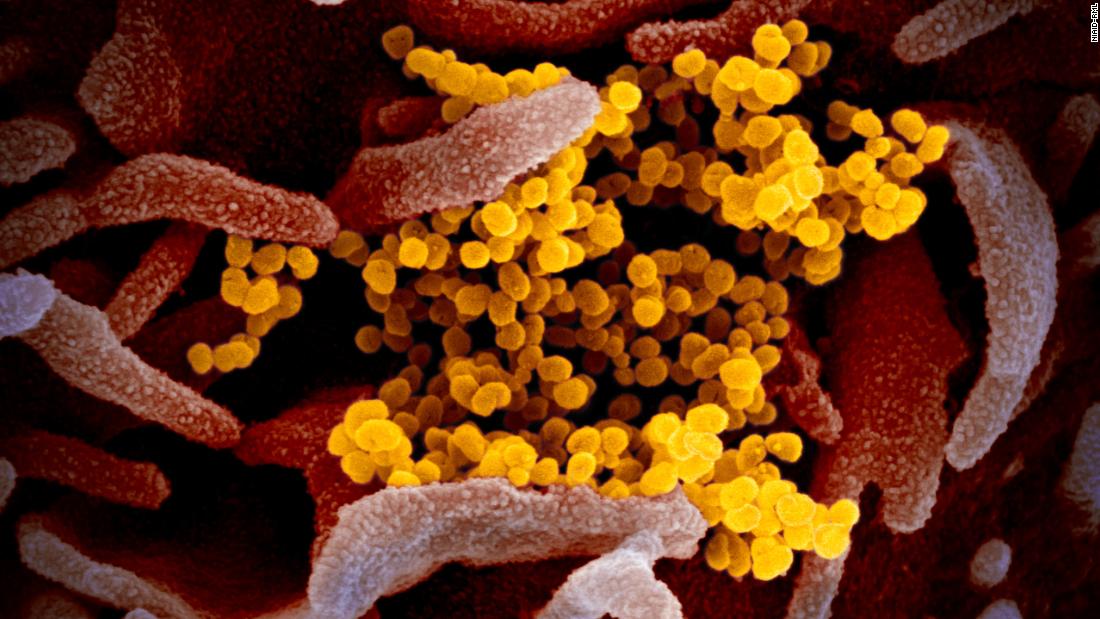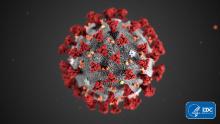[ad_1]
“Right now we’re in an aggressive containment mode,” CDC Director Dr. Robert Redfield told CNN’s Chief Medical Correspondent Dr. Sanjay Gupta in an interview on Thursday.
“We don’t know a lot about this virus,” he said. “This virus is probably with us beyond this season, beyond this year, and I think eventually the virus will find a foothold and we will get community-based transmission.”
As of Thursday, there have been 15 cases of the novel coronavirus confirmed in seven states: eight in California; two in Illinois; and one in Arizona, Washington, Massachusetts, Wisconsin and Texas.
“The containment phase is really to give us more time. This virus will become a community virus at some point in time, this year or next year,” Redfield said. “We don’t have any evidence that this coronavirus is really embedded in the community at this time, but with that said, we want to intensify our surveillance so that we’re basing those conclusions based on data.”
Restrictions also apply to US citizens who have been in China’s Hubei province, the epicenter of the coronavirus outbreak, in the two weeks prior to their return to the United States. Upon their return, those citizens will be subject to a mandatory quarantine of up to 14 days.
World Health Organization officials and other experts have criticized travel restrictions on foreign nationals, even arguing that such restrictions could backfire.
US officials have defended the government’s response, saying they’re taking important steps to prepare for the virus and slow its spread — and that the timing of their efforts is key.
“Frankly, some people criticized when we decided that we wanted to temporarily suspend travel into the United States from individuals who were not Americans or permanent residents who had been in the hot zone in the last 14 days. Some people didn’t think that that was what they would do,” Redfield told Gupta on Thursday.
“Well, we felt very strongly that our obligation was to do all we can to protect the American public,” Redfield said. “I would rather be criticized for over-protecting America than under-protecting America at this stage.”
Regarding the travel restrictions on foreign nationals, Gupta asked, “Obviously, Dr. Redfield, the virus doesn’t discriminate based on race. Why do we?”
In response, Redfield spoke more to the restrictions on US citizens, saying, “The issue here was first a strong commitment to take care of the Americans that are going to come back, whether they happen to potentially have this virus or not — and you saw that with the over 800 individuals that the State Department has repatriated and we’ve assisted in that.”
Concerns about the virus’ spread
When it comes to preventing spread of the virus and learning more about the pathogen, Redfield told Gupta that he thinks asymptomatic transmission of the novel coronavirus is possible and concerning.
In other words, Redfield said that an infected person not showing symptoms could still transmit the virus to someone else, based on what he has learned from the Chinese Center for Disease Control and Prevention.
“There’s been good communication with our colleagues to confirm asymptomatic infection, to confirm asymptomatic transmission, to be able to get a better handle on the clinical spectrum of illness in China. What we don’t know though is how much of the asymptomatic cases are driving transmission,” Redfield said.
“What I’ve learned in the last two weeks is that the spectrum of this illness is much broader than was originally presented. There’s much more asymptomatic illness,” Redfield said. “A number of the confirmed cases that we confirmed actually just presented with a little sore throat.”
Weeks into the outbreak, CDC still not invited to China
Meanwhile, Redfield said that the CDC has been eager to help China in its efforts to fight this outbreak. Nearly six weeks after the CDC first offered to help China with the coronavirus outbreak, the offer still has not been accepted.
The outbreak of the novel coronavirus was first identified in early January.
“There’s a lot of information we don’t know — that’s why I offered to provide assistance, direct assistance, and send our CDC folks over there back on January 6 to really help them gather that information and also to help us see the information first hand that we need to help make the right public health recommendations for our nation,” Redfield said.
“That letter has not been responded to yet by the official Chinese government,” he said. “We do believe that we’re the best in the world in this space and we’re ready to help and assist them, but they’re an independent nation that has to make that decision that they’re going to invite us in.”
[ad_2]
Source link





